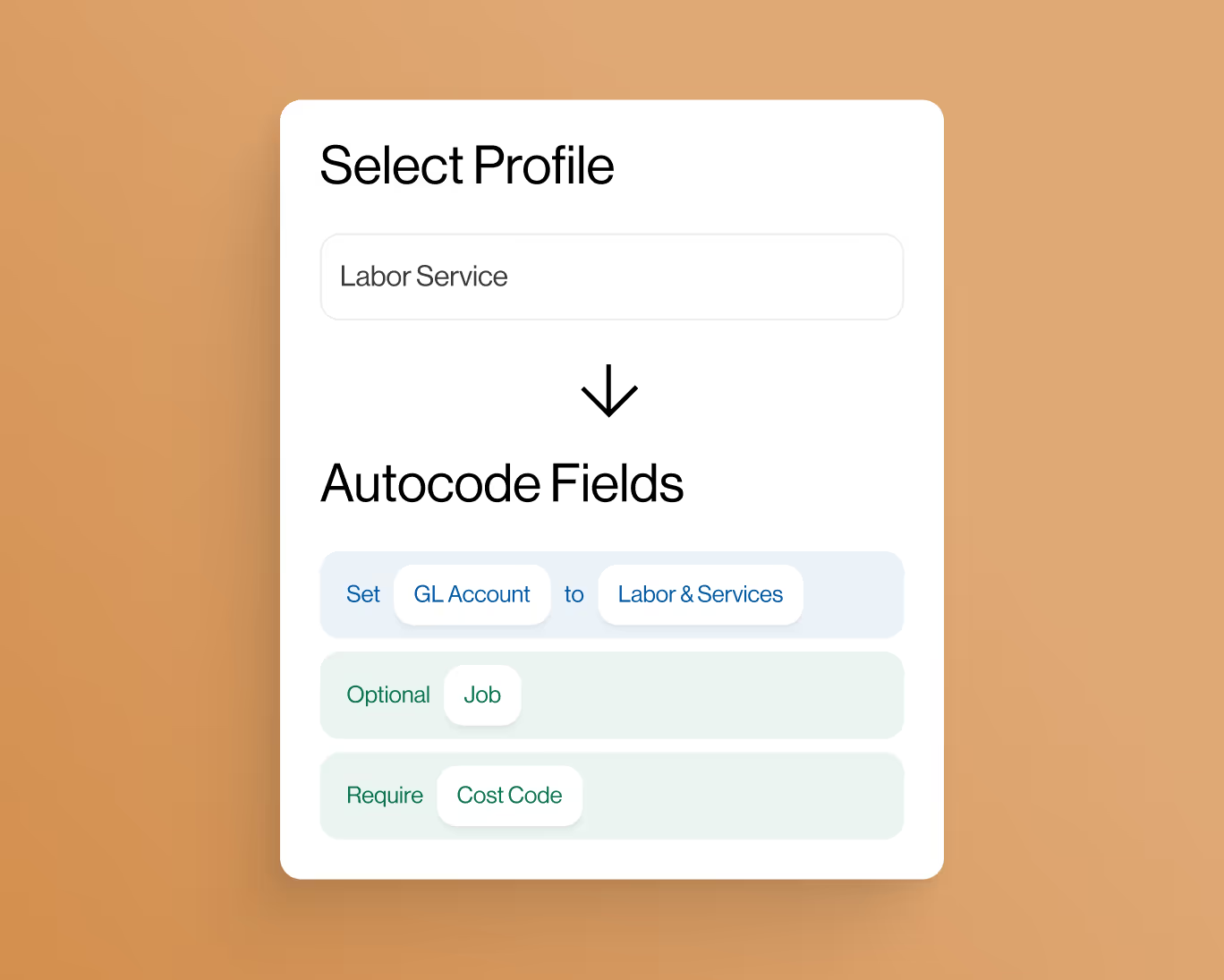Completed Contract Method in Construction: Understanding Its Application and Benefits
In the construction industry, various accounting methods are used to recognize revenue and expenses associated with long-term contracts. One such method is the Completed Contract Method (CCM), which allows construction companies to defer revenue recognition and cost allocation until a project is substantially completed. CCM is commonly employed for construction contracts with extended durations or high uncertainties. In this blog post, we will explore the concept of the Completed Contract Method, its application in construction projects, and the benefits it offers for construction companies.
Understanding the Completed Contract Method (CCM)
The Completed Contract Method is an accounting approach that recognizes revenue and expenses only when a construction contract is substantially completed or when the outcome can be reasonably estimated. Under this method, revenue and costs are accumulated during the construction phase, and the entire revenue is recognized, along with the associated costs, once the project reaches completion.
Application of CCM in Construction Projects
Completed Contract Method is typically applied in the following scenarios:
1. Long-Term Contracts
For construction projects with extended durations, such as infrastructure development, where revenue and cost recognition may span multiple accounting periods.
2. High Uncertainty
When there is significant uncertainty regarding the final outcome of a construction project, making it difficult to reliably estimate the project's progress and costs until completion.
3. Small Projects
CCM may also be used for smaller construction contracts where the administrative burden of using the Percentage of Completion Method (PCM) is deemed excessive.
Benefits of Using the Completed Contract Method
CCM offers several advantages for construction companies:
1. Simplicity in Accounting
Using CCM simplifies the accounting process, as revenue recognition and cost allocation are deferred until the completion of the contract. This reduces the complexity of accounting procedures during the construction phase.
2. Reduced Administrative Burden
Compared to the Percentage of Completion Method (PCM), CCM requires less administrative work, making it more manageable for smaller projects or projects with limited resources.
3. Mitigation of Risk
CCM helps mitigate the risks associated with estimating project progress and costs during the construction phase, especially in projects with uncertainties or changes in scope.
4. Cash Flow Management
By deferring revenue recognition until project completion, CCM can improve cash flow management for construction companies.
5. Alignment with Project Completion
Recognizing revenue and costs only upon project completion better aligns financial reporting with the actual progress and outcome of the construction project.
Limitations of CCM
Despite its benefits, the Completed Contract Method has some limitations:
1. Delayed Revenue Recognition
CCM defers revenue recognition until project completion, which may not reflect the construction company's performance accurately during the construction phase.
2. Potential Financial Impact
Since revenue and costs are recognized only upon completion, the financial impact of a construction project using CCM might be concentrated in a single accounting period, leading to fluctuations in financial statements.
3. Compliance Considerations
Construction companies must ensure compliance with accounting standards and regulations when selecting the appropriate accounting method for their projects.
Conclusion
The Completed Contract Method offers construction companies a simplified approach to revenue recognition and cost allocation, particularly for long-term contracts with uncertainties or limited resources. It can reduce the administrative burden, improve cash flow management, and mitigate risks associated with estimating progress and costs during the construction phase. However, it also has limitations, such as delayed revenue recognition and potential financial impact. Construction companies should carefully assess their projects' characteristics and consider compliance considerations before choosing the accounting method that best aligns with their business goals and financial reporting requirements.










